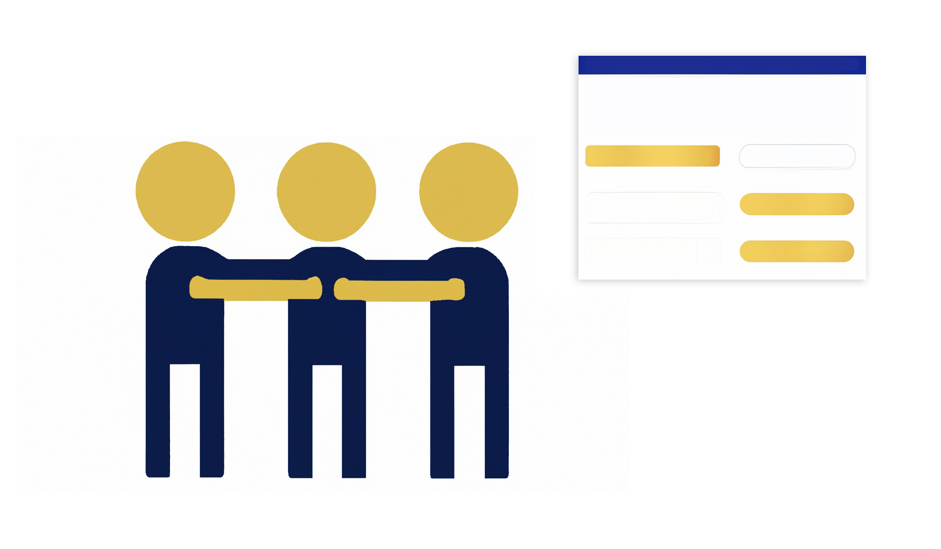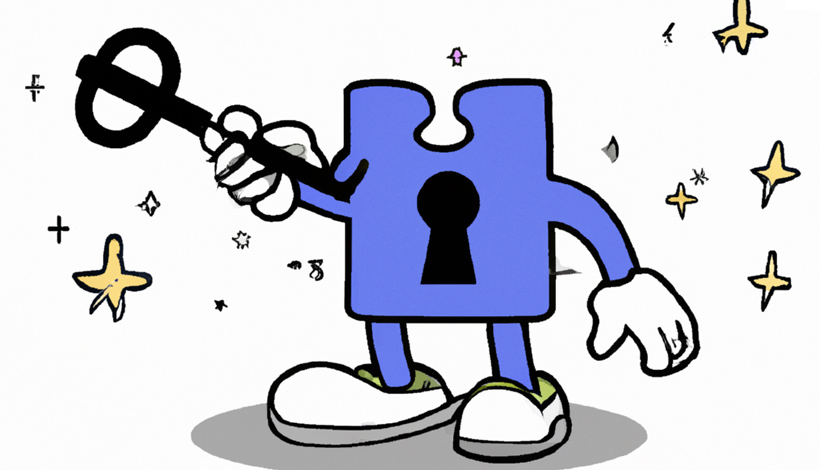Congratulations to all the recent graduates of the Google UX Professional Certificate and Bootcamp programs!
At BRIDGEGOOD, we understand the challenges you might be facing when it comes to landing your first job in the tech and design industry. In this article, we aim to provide practical insights based on feedback from recruiters and hiring managers, with the goal of helping all of us overcome common obstacles and secure rewarding careers as UX designers. So, let’s dive into our collective journey!
The 3 Challenges And How You Can Overcome Them
Challenge #1: Your Portfolio Predicament
One common issue you may face is that your portfolio projects are often based on prompts for fictional companies, following a uniform process.
Why is this a problem? While certificate and bootcamp programs provide students with a solid foundation in the design process, it’s crucial to showcase your critical thinking skills rather than relying on a standardized checklist. Employers are looking for designers who can apply the right tools and approaches to different problems. It’s okay to make mistakes along the way, as long as you can articulate your choices and demonstrate a growth mindset.
How can we fix it? Expand your knowledge by exploring various methods and approaches. Take on new projects where you can select the most suitable methods for each specific problem. If you realize you’ve made incorrect choices, make adjustments or include insights in the “what I’d do differently” section of your portfolio.
Dedication and Persistence
Challenge #2: UI Skills and Design Systems
Another challenge many recent grads may face is the need to improve your UI skills and gain familiarity with design systems.
Why is this a problem? Design systems are widely used in the industry as they enhance collaboration, simplify decision-making, and ensure a consistent user experience. When employers review portfolios of junior UX designers, they look for cues that indicate a deep understanding of design tools, utilization of design systems, effective visual hierarchy, and familiarity with common UX patterns.
How can we fix it? Let’s seek out real companies (small businesses to large corporations!) with existing digital products and identify areas that need improvement. By working on solving these problems while incorporating the company’s design patterns and systems, we can demonstrate our ability to adapt to established frameworks. If your UI skills need refinement, consider pursuing additional coursework or reading materials. Develop a strong foundation in UI design.

Collaborate And Demonstrate
Challenge #3: Navigating Cross-Functional Teams and Shipping Products
Many recent grads may lack experience in shipping products and working in cross-functional teams, which can be a significant challenge.
How can we fix it? Take proactive steps to enhance your understanding of real-world design scenarios and gain practical experience that sets you apart:
- Expand your knowledge: Dive into relevant books, articles, and online resources that offer insights into real-world design challenges. By constantly learning and staying updated on industry trends, you can enhance your understanding of the context necessary to thrive as junior UX designers.
- Volunteer with nonprofits: Offer your skills and expertise to nonprofits that align with your passions. This allows you to apply your design knowledge in a real-world setting, working on projects that have a positive impact. Nonprofits often have unique design needs, providing valuable opportunities to gain hands-on experience and demonstrate your abilities.
- Collaborate with startups: Seek out startup companies with digital products in need of improvement. Approach developers who are also looking to gain experience and propose collaborations that aim to create shippable deliverables. Working together in cross-functional teams, tackle real challenges, navigate constraints, and gain valuable insights into the product development process.
Bridge the gap between theory and practice, making yourself more attractive to potential employers. Remember, it’s all about your dedication, continuous learning, and willingness to go the extra mile that will set you apart in the competitive landscape of tech and design. Seize these opportunities, overcome your challenges, and you’ll be on your path to success as a UX designer or researcher.

